Heat & Glo pilot lighting is a crucial feature for gas fireplaces, ensuring safe and efficient operation. Understanding its proper use and maintenance is essential for optimal performance and safety.
Overview of Heat & Glo Fireplaces
Heat & Glo fireplaces are known for their innovative design, energy efficiency, and safety features. They offer a wide range of gas fireplaces, from traditional to modern styles, catering to various home décors.
These fireplaces feature advanced technologies, including direct vent systems, which ensure proper ventilation and minimize heat loss. The pilot light system is a key component, providing a reliable ignition source for the main burner.
Heat & Glo fireplaces are designed for ease of use, with controls that allow users to adjust flame height and heat output. Their models often include additional features like remote controls and accent lighting for enhanced ambiance.
Importance of Proper Pilot Light Maintenance
Proper maintenance of the pilot light is essential for the safe and efficient operation of Heat & Glo fireplaces. A well-functioning pilot light ensures consistent ignition of the main burner, preventing gas leaks and potential hazards.
Regular cleaning and inspection of the pilot orifice and thermocouple are critical to avoid issues like uneven flames or the pilot light not staying lit. Neglecting maintenance can lead to safety risks, reduced efficiency, and costly repairs. Always follow the manufacturer’s guidelines for upkeep to ensure your fireplace operates reliably and safely throughout the heating season.

Safety Precautions Before Lighting the Pilot
Always ensure proper ventilation, check for gas leaks, and understand gas safety before lighting the pilot to avoid hazards and ensure a safe operation.
Understanding Gas Safety
Understanding gas safety is critical when dealing with your Heat & Glo fireplace. Gas systems require careful handling to prevent leaks and ensure proper function. Always check connections for tightness and inspect hoses for damage. If you smell gas, immediately turn off the supply and ventilate the area. Never attempt repairs without turning off the gas first. Familiarize yourself with emergency shutdown procedures and ensure all household members know how to respond. Proper gas safety practices not only protect your home but also ensure the longevity of your heating system. Regular inspections by professionals are highly recommended to maintain safety standards.
Ensuring Proper Ventilation
Proper ventilation is essential for safe and efficient operation of your Heat & Glo fireplace. A well-functioning venting system ensures combustion byproducts, such as carbon monoxide and moisture, are safely expelled outdoors. Always check that vents and chimneys are clear of obstructions, like debris or nests. Ensure venting systems are installed and maintained according to manufacturer guidelines. Poor ventilation can lead to hazardous indoor air quality and reduced heating performance. Regularly inspect venting components for damage or blockages and address any issues promptly to maintain optimal safety and efficiency. Proper airflow is crucial for both function and safety.
Checking for Gas Leaks
Checking for gas leaks is a critical safety step before lighting the pilot on your Heat & Glo fireplace. Turn off the gas supply and inspect all connections for signs of damage or wear. Use a gas leak detector or a mixture of dish soap and water to test for bubbles around fittings and valves. If bubbles form, a leak is present. Turn off the gas supply immediately and ventilate the area. Do not attempt to light the pilot until the leak is repaired by a qualified technician. Regular inspections help prevent accidents and ensure safe operation of your fireplace.
Tools and Materials Needed
A long-stem lighter or ignition tool, adjustable wrench, small screwdriver, and soft brush are essential for lighting and maintaining the pilot light safely and effectively.
Essential Tools for Lighting the Pilot
To safely and effectively light the pilot light on your Heat & Glo fireplace, you will need a few essential tools. A long-stem lighter or ignition tool is necessary for reaching the pilot orifice without damaging the unit. An adjustable wrench may be required to access the gas valve, depending on your fireplace model. A small screwdriver can help adjust the pilot knob or clean debris. Additionally, a soft-bristle brush can gently remove dust or dirt from the pilot area. Ensure all tools are in good condition to avoid accidents and maintain proper function. These tools are crucial for a safe and efficient lighting process.
Recommended Materials for Maintenance
For maintaining your Heat & Glo pilot light, keep a few materials on hand. A soft, dry cloth is ideal for wiping away dust or soot from the pilot area; A small, clean brush can gently remove debris from the pilot orifice. Silicone-based lubricant may be used sparingly on moving parts, like the valve knob, to ensure smooth operation. A microfiber cloth is perfect for cleaning the glass and surrounding surfaces without streaks. Additionally, gloves and safety glasses provide protection during maintenance. Always refer to your Heat & Glo manual for specific recommendations tailored to your model. Regular upkeep ensures optimal performance and safety.
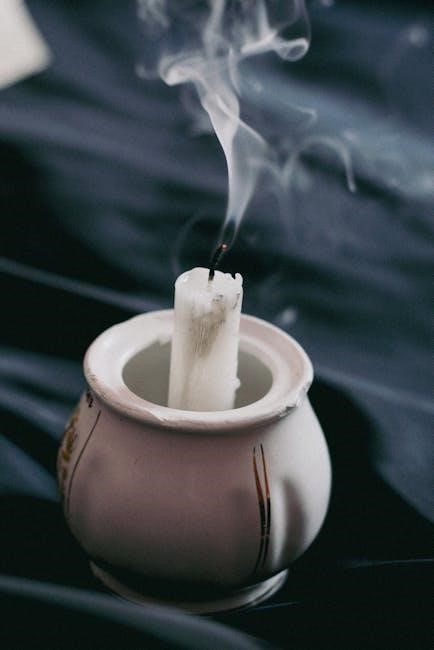
Step-by-Step Instructions for Lighting the Pilot
To light the pilot, locate the pilot light, set the knob to pilot, press and hold, then ignite. Adjust the flame as needed for safety.
Locating the Pilot Light and Controls
To locate the pilot light and controls on your Heat & Glo fireplace, start by accessing the lower panel or side compartment. The pilot light is typically near the burner assembly, often behind a glass or metal cover. The controls, including the valve knob, are usually found below the fireplace opening. Ensure the area is clear and well-lit. Refer to your owner’s manual for exact locations, as they may vary by model. This step is crucially important for safely proceeding with lighting the pilot.
Setting the Knob to Pilot Position
To set the knob to the pilot position, locate the gas control valve, typically found below the fireplace or near the burner. Turn the valve knob counterclockwise until it aligns with the “Pilot” marking. This position allows gas to flow to the pilot light. Ensure the knob is fully engaged in the pilot position to maintain proper gas flow. If your model has a push-and-turn knob, press down while turning to access the pilot setting. Always refer to your Heat & Glo manual for specific instructions, as knob designs may vary slightly by model.
Pressing and Holding the Valve Knob
After setting the knob to the pilot position, press and hold the valve knob down firmly. This action opens the pilot gas line, allowing gas to flow to the pilot orifice. Hold the knob for about 30 seconds to ensure the pilot light stays lit. If you release too early, the pilot flame may go out. Some models may require pressing and holding for up to a minute. Use one hand to press the knob and the other to light the pilot with the ignition button. Keep holding until the flame remains steady after ignition.
Using the Ignition Button
Once the valve knob is pressed and held, locate the ignition button, typically a red or black button near the control panel. Press and release the ignition button to generate a spark. If the pilot light doesn’t ignite immediately, press the button again. Ensure the area is well-ventilated and avoid repeated clicking, as this can lead to gas buildup. If the pilot doesn’t light after a few attempts, release the valve knob and wait 5 minutes before retrying. Always follow the manufacturer’s guidelines for ignition procedures to ensure safety and proper operation of your Heat & Glo fireplace.
Adjusting the Flame Height
Once the pilot light is lit and burning steadily, you can adjust the flame height for optimal comfort. Locate the main control knob on the valve, typically marked with a flame icon. Turn the knob clockwise to decrease the flame height or counterclockwise to increase it. Avoid forcing the knob beyond its stop points, as this may damage the valve. For precise control, make small adjustments and observe the flame. Always refer to your Heat & Glo owner’s manual for specific guidance, as settings may vary by model. Proper flame height ensures efficiency and safety while enjoying your fireplace.

Troubleshooting Common Issues
Common problems include the pilot light not staying lit, ignitor malfunctions, or low flame. Always check for obstructions, ensure proper gas flow, and verify electrical connections. Refer to your manual for model-specific solutions to address these issues effectively and safely.
Pilot Light Won’t Stay Lit
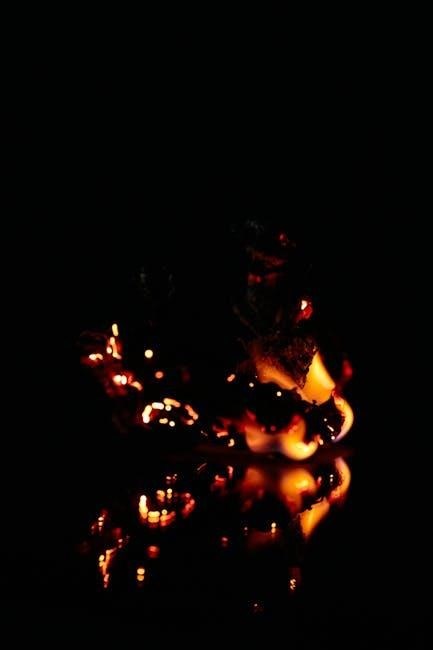
If the pilot light won’t stay lit, check the thermocouple for proper alignment and cleanliness. Ensure the pilot orifice is free from dirt or debris. Verify that the gas pressure is set correctly and there are no drafts affecting the flame. If the issue persists, inspect the thermocouple wiring for damage or looseness. Refer to your Heat & Glo manual for specific instructions, as models may vary. If unresolved, contact a certified technician to avoid safety hazards. Always prioritize safety when troubleshooting gas appliances to prevent potential risks.
Issues with the Ignitor
If the ignitor fails to spark, ensure it’s clean and dry. Dirt or moisture can prevent proper function. Check for wear or misalignment, as the spark must reach the pilot light. Gently clean the ignitor with a soft brush or cloth. If issues persist, consult your Heat & Glo manual for specific instructions. If the ignitor is damaged, consider replacing it. Always follow safety guidelines and contact a professional if unsure. Proper ignitor function is essential for safe and efficient operation.
Low or Uneven Flame
A low or uneven flame in your Heat & Glo fireplace can be caused by several factors. First, check if the gas valve is fully open, as a partially closed valve can restrict gas flow. Clean the pilot orifice regularly, as dirt or debris can block the gas supply. Ensure proper ventilation by checking that all vents are clear and unobstructed. Inspect the thermocouple for cleanliness and alignment, as a faulty one may disrupt gas flow. If the gas pressure is too low, adjust it according to the manufacturer’s instructions. Finally, ensure the gas line and burner are free from obstructions. If issues persist, consult the user manual or contact a professional for assistance.
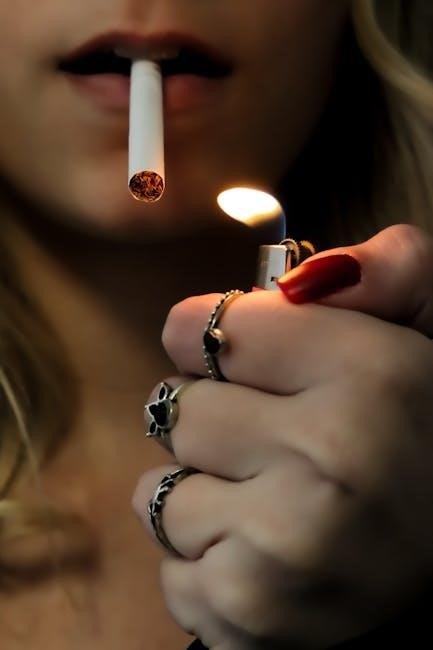
Maintenance Tips for the Pilot Light
Regularly clean the pilot orifice and ensure the thermocouple is free from debris. Check gas flow and alignment. Schedule annual professional servicing for optimal performance and safety.
Cleaning the Pilot Orifice
Cleaning the pilot orifice is essential to ensure proper gas flow and a steady flame. Use a small brush or compressed air to remove dirt and debris. Step 1: Turn off the gas supply. Step 2: Locate the pilot orifice, usually near the burner. Step 3: Gently brush or blow out any obstructions. Step 4: Turn the gas back on and test the flame. Tip: Clean every 6 months or if the flame appears uneven. Always refer to your Heat & Glo manual for specific instructions to avoid damage or safety risks.

Inspecting the Thermocouple
The thermocouple ensures the pilot light operates safely by monitoring heat levels and shutting off gas if the flame goes out. Step 1: Turn off the gas supply. Step 2: Locate the thermocouple near the pilot light. Step 3: Inspect for corrosion, dirt, or damage. Step 4: Clean gently with a soft brush if needed. Step 5: Relight the pilot to test functionality. If the thermocouple is damaged, replace it immediately. Always follow the manufacturer’s guidelines for inspections and repairs to maintain safety and efficiency. Regular checks help prevent malfunctions and ensure reliable performance.
Scheduling Annual Servicing
Annual servicing is crucial for maintaining the efficiency and safety of your Heat & Glo pilot light system. Step 1: Schedule a certified technician to inspect and clean the unit. Step 2: Ensure they check for wear, leaks, and proper gas flow. Step 3: Replace any damaged or worn-out parts, such as the thermocouple or ignition components. Step 4: Have the technician test the system to ensure it operates correctly. Regular servicing prevents issues like uneven flames or gas leaks. It also ensures compliance with safety standards and maintains your warranty. Always prioritize professional servicing for optimal performance and safety.
Frequently Asked Questions
- Can I relight the pilot myself? Yes, but follow instructions carefully.
- How often should I check the pilot light? Daily during use.
- What if I smell gas? Turn off the unit and call a professional.
Can I Relight the Pilot Myself?
Yes, you can relight the pilot yourself, but it’s important to follow the manufacturer’s instructions carefully. Ensure the area is well-ventilated and avoid lighting the pilot if you smell gas. Turn off the gas supply and wait for any gas to clear before proceeding. If you’re unsure or encounter recurring issues, consult a licensed technician. Always refer to your Heat & Glo fireplace manual for specific guidance, as improper lighting can lead to safety hazards. Remember, safety should always be your top priority when working with gas appliances.
How Often Should I Check the Pilot Light?
It’s recommended to check the pilot light regularly to ensure safe and efficient operation. Inspect it daily during heavy use and at least monthly during the heating season. Look for a steady blue flame, which indicates proper function. If the flame is yellow, flickering, or goes out frequently, it may signal an issue. Additionally, check the pilot light after extended periods of inactivity or if you notice unusual odors. Regular inspections help prevent gas leaks and ensure your Heat & Glo fireplace operates safely. Always follow the manufacturer’s guidelines for inspection and maintenance.
What If I Smell Gas?
If you detect the smell of gas near your Heat & Glo fireplace, take immediate action to ensure safety. Do not use any electrical switches, light matches, or attempt to relight the pilot. Open windows for ventilation, leave the premises, and contact your gas utility or emergency services. Never attempt to fix gas leaks yourself. If the smell persists, have your system inspected by a professional. Regular maintenance can help prevent gas leaks. Always prioritize safety and follow the manufacturer’s guidelines for handling gas-related issues.
Properly maintaining and lighting your Heat & Glo pilot ensures safety, efficiency, and longevity. Always follow guidelines for a reliable and enjoyable fireplace experience.
Final Tips for Safe and Efficient Use
Always ensure the pilot light is lit correctly and monitored regularly for consistent performance. Keep the area around the fireplace clear of flammable materials. Regularly inspect the pilot orifice and thermocouple to prevent blockages or wear. Use the correct tools for adjustments to avoid damaging components. Never attempt repairs without proper knowledge or tools. Schedule annual professional servicing to maintain efficiency and safety. By following these guidelines, you can enjoy a reliable, warm, and safe heating experience with your Heat & Glo fireplace system throughout the year.

Additional Resources
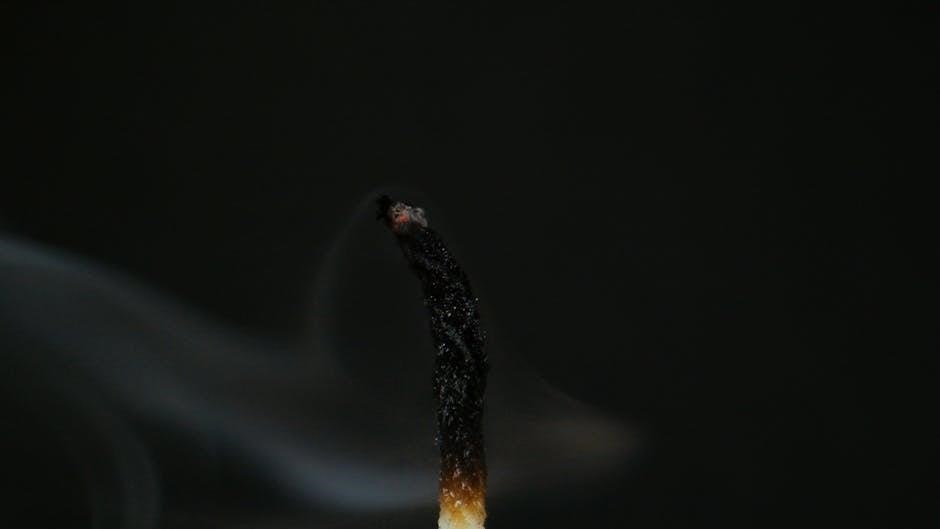
For more information, refer to the Heat & Glo official manuals and safety guidelines. Visit their official website or consult local fireplace safety organizations for detailed instructions.
Heat & Glo Official Manuals
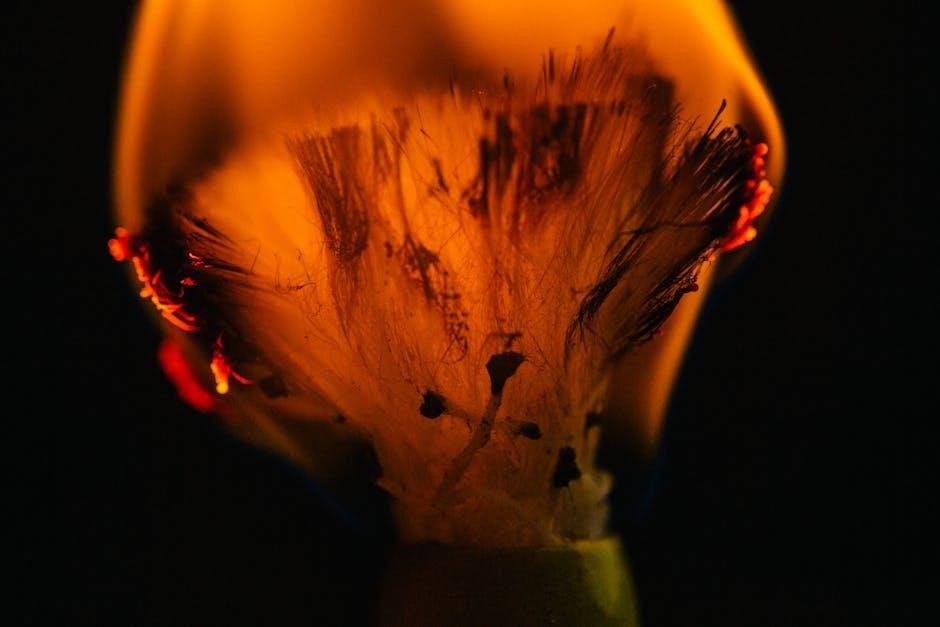
The official Heat & Glo manuals provide comprehensive guides for pilot lighting instructions. These manuals are available on the Heat & Glo website and include detailed diagrams, step-by-step instructions, and safety precautions. They cover installation, maintenance, and troubleshooting specific to your fireplace model; Always refer to the manual for model-specific instructions to ensure safety and efficiency. Key features include pilot light operation, ignition systems, and annual servicing requirements. Download or request a physical copy for easy reference. For further assistance, contact Heat & Glo customer support directly.
- Model-specific instructions
- Detailed safety guidelines
- Troubleshooting sections
Recommended Safety Guidelines
Always follow Heat & Glo’s safety guidelines when working with pilot lighting to ensure a safe and efficient experience. Turn off the gas supply immediately if you suspect a leak or malfunction. Never attempt to light the pilot if the venting system is not functioning properly. Keep flammable materials away from the fireplace area. Avoid leaving the pilot light on when not in use for extended periods. Ensure children and pets are supervised near the fireplace. Regularly inspect the venting system for blockages or damage; Refer to your manual for specific safety precautions tailored to your model.
- Ensure proper ventilation
- Check for gas leaks
- Keep flammable materials away